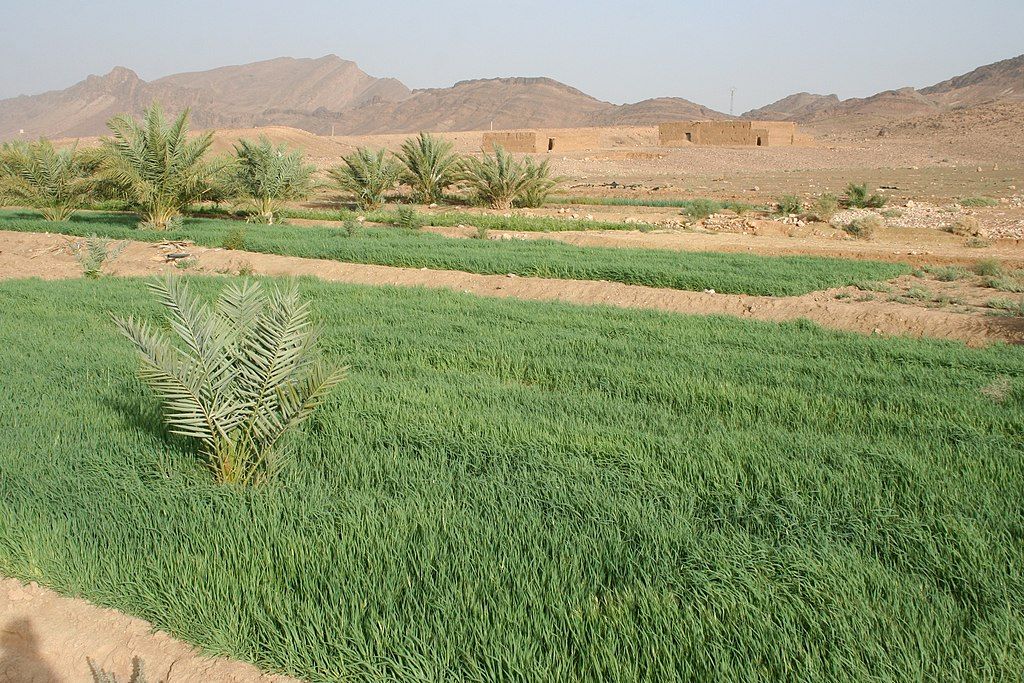Understand the adaptation mechanisms of plants to deal with climate change
In the current context of climate change and with increasingly dry environments developing in certain regions of the world, it seems necessary to better understand the adaptation mechanisms of plants. A big step has just been taken thanks to a team of researchers who discovered the genetic source that allows plants to adapt and survive in harsh climatic conditions. These results have been published in Proceedings of the National Academy of Sciences (PNAS), in particular, could allow scientists to develop varieties that are resistant to climate change and thus promote agriculture in particularly dry and nutrient-poor environments. In particular, it will make it possible to increase production in areas that are currently experiencing drought and reduce the food insecurity associated with this.
The team, which brought together botanists, microbiologists, ecologists and genome specialists, was interested in the different species of plants that currently inhabit the Atacama Desert.
>> Read also: “Nearly two billion trees discovered in the Sahara and the Sahel”
The Atacama Desert, the perfect natural laboratory
The Atacama Desert is located in northern Chile, between the Pacific Ocean and the Andes Mountains. It is the driest place on earth. However, dozens of plant species thrive there. In addition to the lack of water, these plants must adapt to high altitude conditions (extreme temperature fluctuations, high amounts of solar radiation) and with soils particularly poor in nutrients. These harsh conditions make the Atacama Desert an ideal natural laboratory, which has been intensively studied for ten years.
As part of the study, researchers identified 22 sites to characterize the environmental conditions of this place and the plants that live in it. The goal is to successfully identify the best-adapted species and identify the genes that allow them to survive and thrive in this harsh, desert environment.
In order to determine the protein sequences that play a role in the adaptation of plants to the environmental conditions of the Atacama Desert, the scientists used a so-called phylogenetic approach, which aims to reconstruct the evolutionary history of a species using data from its genome. The DNA of 32 plant species from the Atacama Desert was compared with 32 brat species, which are genetically similar, but not adapted to these particular living conditions.
>> Read also: “In the Atacama Desert, earthquakes refine the rocks”
Identification of genetic mutations responsible for adaptation
Thus the genes of these different plant species were examined in order to identify changes in the coding sequence of the DNA sequence especially for survival in these environmental conditions. This quintessential work required a great deal of computing power. In the end, the researchers identified 265 genes whose mutations were selected for by evolution in a hostile environment. These adaptive mutations are remarkably found in the genes involved in photosynthesis, allowing plants to adapt to the strong light and strong solar radiation of the Atacama. Other modifications in the genes involved in regulating the response to water stress were revealed, to the presence of salt and mineral ions, which indicates the good adaptation of these plants to nutrient poor soils.
The researchers also discovered that some species developed interactions with bacteria in their roots, promoting their growth. This adaptive strategy makes it possible in particular to improve the consumption of nitrogen, a nutrient essential for plant growth while the soil of the Atacama Desert is relatively devoid of it.
This study provides a better understanding of the evolutionary strategies applied in extreme environments. In addition, most Atacama plants are closely related to staple crops such as cereals, legumes or potatoes. The genes identified thus represent a genetic goldmine for developing more resistant crops and adapting to expansion in arid and desert regions.

“Subtly charming problem solver. Extreme tv enthusiast. Web scholar. Evil beer expert. Music nerd. Food junkie.”


